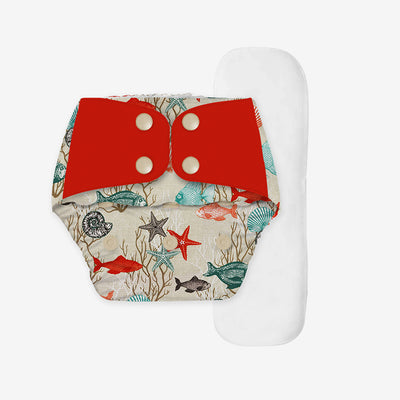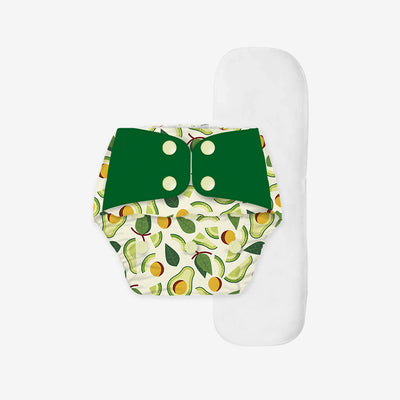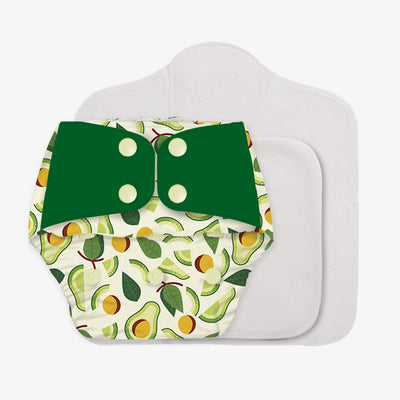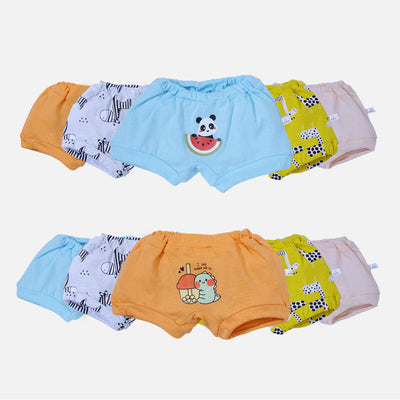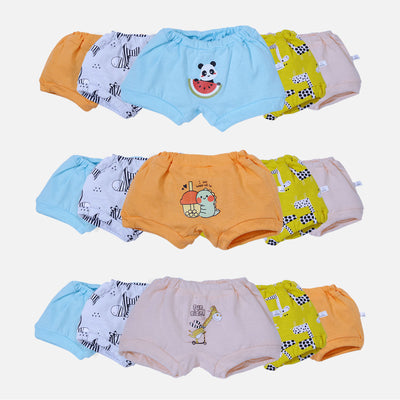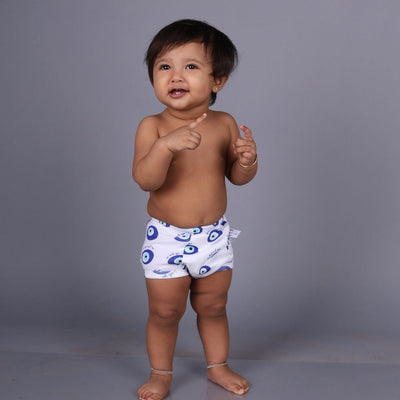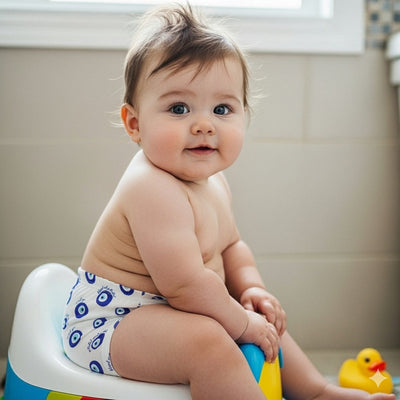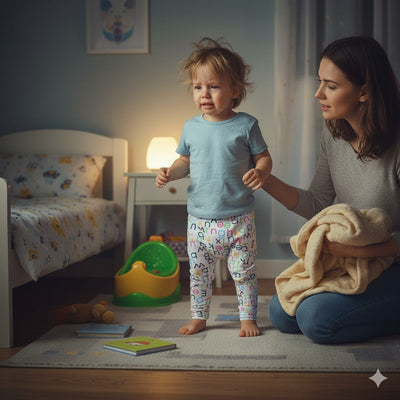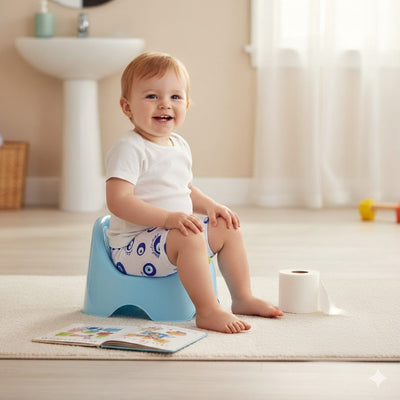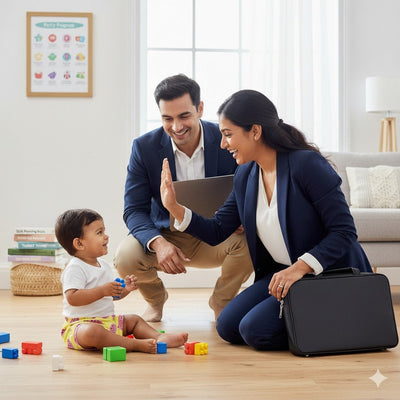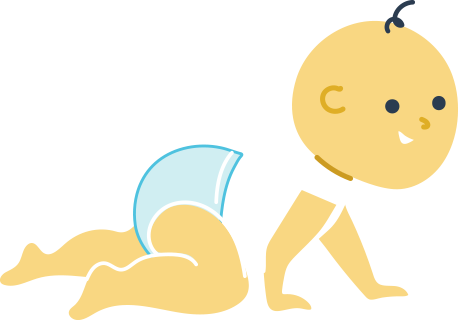Montessori Approach to Toilet Training
Few milestones are as exciting and sometimes as daunting as guiding your child from diapers to the toilet. This transition is more than a practical step; it marks a leap in independence and self-awareness. Parents use many different strategies for helping their children learn to use the toilet, and the Montessori approach provides a child-led path that emphasizes independence. Rooted in Dr Maria Montessori’s philosophy of child-led learning, it views toilet use as a natural life skill rather than a chore to train. The goal is to help children tune in to their own body signals and feel capable every step of the way.
Whether you’re a stay-at-home parent or balancing a hectic schedule, these principles fit into everyday life. By preparing the environment, using simple language, and encouraging independence, you can create a positive routine that feels stress-free for both parent and child. Tools such as potty training pants from Snugkins support this process by allowing toddlers to sense wetness while staying comfortable. With patience and observation, Montessori toilet learning builds confidence and sets the stage for lifelong healthy habits.
What Is the Montessori Approach to Toilet Training?
The Montessori philosophy views toilet learning as a natural stage of development, not a chore to be forced. Instead of “training,” parents guide and support their child’s natural readiness cues. From setting up a child-friendly bathroom to using simple language, the focus is on empowering your little one to take charge of their own hygiene.
Key Montessori principles include:
-
Respect for Independence: Allow your child to pull down pants, sit on the potty, and wash hands on their own, even if it’s a bit messy at first.
-
Observation: Watch for signs of readiness, such as staying dry for longer periods, showing curiosity about the toilet, or communicating when they need to go.
-
Prepared Environment: Keep a child-sized potty chair in a consistent, easily accessible spot. Add a step stool for the regular toilet if that works better.
Ideal Age to Start Montessori Toilet Training
Many children show signs of readiness between 18 and 24 months, but every child is different. Montessori educators recommend introducing the potty early, around 12 months build familiarity, even if your child isn’t ready to use it consistently. Early exposure helps reduce fear and makes the transition smoother when the time is right.
Instead of focusing on a strict age, pay attention to:
-
Longer dry periods during naps or after sleep.
-
Ability to pull pants up and down with minimal help.
-
Showing interest when others use the toilet.
Lifestyle Tips for Busy Parents
Even if you work full-time or travel often, you can adapt Montessori toilet training to your lifestyle:
-
Create a Routine: Offer potty time after waking up, before naps, and before bedtime. Consistency builds habits.
-
Use Potty Training Pants: These absorb minor accidents but feel wet enough to alert the child, unlike diapers that hide wetness. Snugkins offer soft, reusable potty training pants that are gentle on sensitive skin and environmentally friendly.
-
Stay Calm with Accidents: Mistakes are part of learning. Avoid scolding or showing frustration. Instead, calmly guide your child to the potty and remind them what to do next time.
-
Involve Caregivers: Whether it’s a nanny or grandparents, share your routine and Montessori approach so everyone follows the same steps.
Why Choose Potty Training Pants
-
Helps your child recognize the sensation of wetness, speeding up awareness.
-
Promotes independence, kids can pull themselves up and off themselves.
-
Reduces environmental waste compared to disposable training pants.
Snugkins padded underwear is a great option because it’s made with soft cotton, has absorbent layers for small accidents, and is easy to wash. Many parents find that switching to these training pants makes the move to regular underwear quicker and easier.
Setting Up a Bathroom Space
A prepared environment gives your child confidence. Consider these essentials:
-
A low potty chair or seat reducer for the toilet.
-
A step stool to help your child reach the sink and wash hands.
-
Easy-to-remove clothing, like elastic waistbands, for quick trips to the potty.
Encouragement, Not Rewards
In Montessori philosophy, toilet learning is viewed as a natural developmental step, not a performance to earn prizes. Rather than using sticker charts or candy, parents are encouraged to create an atmosphere of quiet support where the child’s own satisfaction is the reward. Offer simple, descriptive feedback such as, “You noticed you needed the toilet,” or “You changed into dry underwear yourself.”
This kind of intrinsic motivation helps children connect the act of using the toilet with personal independence and self-care, not external approval. By focusing on the effort and awareness rather than the outcome, you reinforce the Montessori belief that a child’s confidence grows from within. Over time, this builds genuine pride in their abilities and fosters a lifelong positive relationship with their own body signals and hygiene.
FAQs
1. How should I encourage my child without using rewards?
Offer calm, descriptive praise like, “You noticed you needed to use the toilet,” or “You changed into dry underwear yourself.” Montessori focuses on intrinsic motivation rather than stickers or candy.
2. How are potty training pants different from regular underwear?
Potty training pants, like Snugkins padded underwear, have a soft absorbent layer that catches small accidents while still letting your child feel wetness, helping them learn faster than with diapers.
3. How do I wash reusable potty training pants?
Simply rinse after accidents, then machine wash with mild detergent. Avoid fabric softeners so the absorbent layers stay effective.


